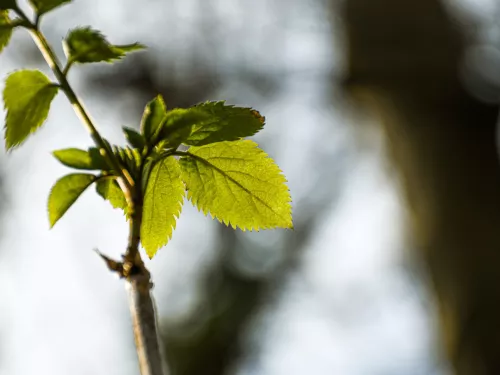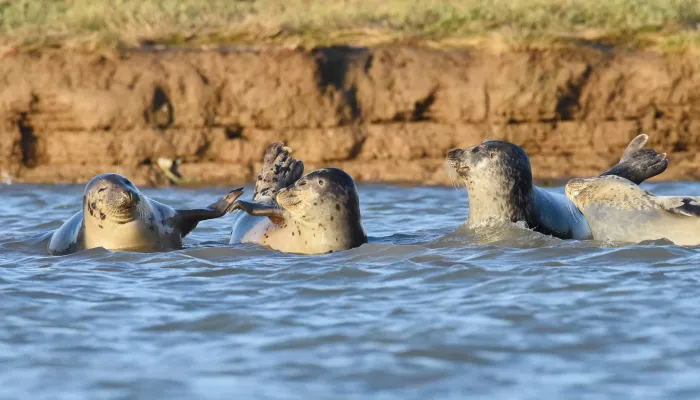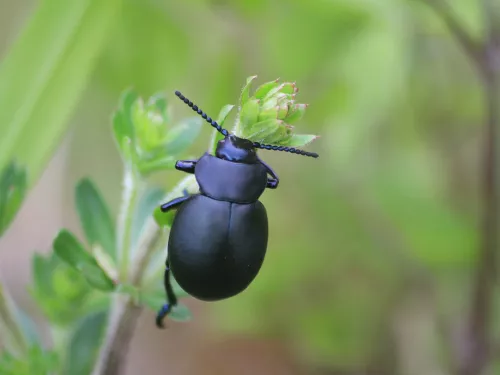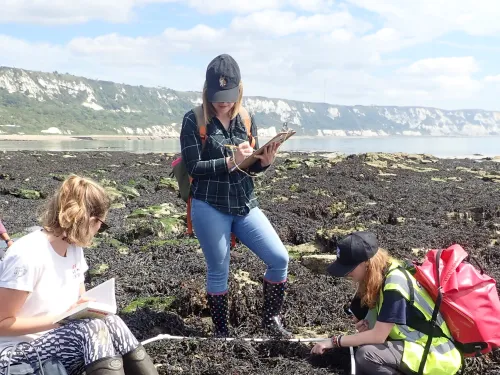
Spring on the wing: April on Hothfield Heathlands
Hothfield Heathlands volunteer & writer, Margery Thomas, explores what the reserve is like at this time of year.


Hothfield Heathlands volunteer & writer, Margery Thomas, explores what the reserve is like at this time of year.

You’ll often hear the words ‘bug’ and ‘beetle’ used interchangeably – but they actually mean two different things. Let's explore the differences!

Are you a citizen scientist without realising it?